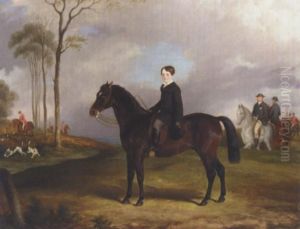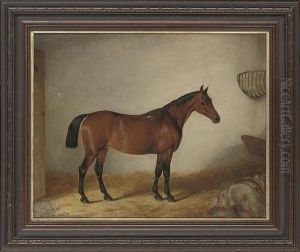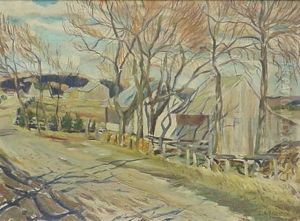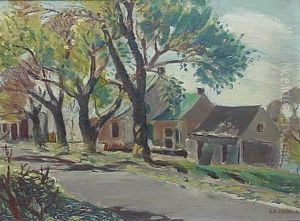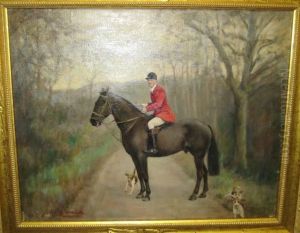John Barwick Paintings
John Barwick was a prominent figure in 17th-century England, known not for his contributions to the arts, but rather for his significant role in the religious and political spheres of his time. Born in 1612 in Wetherslack, Westmorland, England, Barwick's life was deeply entwined with the tumultuous events of the English Civil War and the subsequent Restoration period.
Educated at St. John's College, Cambridge, John Barwick emerged as a staunch Royalist and an ardent supporter of the Anglican Church. His academic prowess and loyalty to the monarchy led to his ordination and eventual appointment as Dean of St. Paul's Cathedral in 1660, following the Restoration of Charles II to the throne. This position not only underscored his commitment to the Anglican faith but also positioned him as a key figure in the religious restoration efforts following the interregnum period, which had seen the Church of England disestablished and persecuted under the Puritan Commonwealth.
Barwick's contributions during this era were multifaceted. He was deeply involved in the secret Royalist intelligence network, which operated both within England and abroad. His efforts to support the Royalist cause did not go unnoticed; he was imprisoned during the Commonwealth period for his activities but continued to work for the restoration of the monarchy from behind bars. His brother, Peter Barwick, also played a significant role in these efforts, and their close collaboration highlighted the familial dimension of the Royalist struggle.
Upon the Restoration, John Barwick's pivotal role in reinstating the Church of England's prominence was recognized through his elevation to the deanery of St. Paul's. His work thereafter focused on the restoration of the cathedral, which had been neglected and damaged during the preceding years of Puritan rule. Additionally, Barwick was instrumental in the re-establishment of the ecclesiastical hierarchy and the re-ordination of ministers who had been ousted during the Commonwealth.
John Barwick died in 1664, leaving behind a legacy that was deeply entrenched in the restoration of the monarchy and the Church of England. His life and work were emblematic of the challenges and transformations that characterized 17th-century England. Despite not being an artist in the traditional sense, Barwick's historical significance and contributions to the Anglican Church and Royalist cause render him a noteworthy figure in the broader cultural and historical tapestry of the period.
